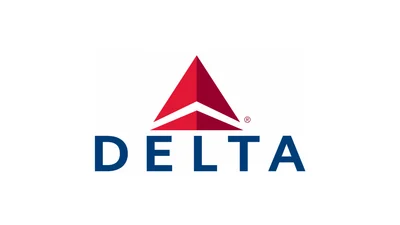The arrival of Boeing’s 787 Dreamliner in 2011 marked a turning point. With significant improvements in fuel efficiency and performance—largely due to composite materials—the Dreamliner shifted industry expectations. Airbus responded with its own modern widebody aircraft like the A350 and updated versions of existing models such as the A330neo. These newer planes were lighter, more efficient, and capable of flying ultra-long-haul routes directly between cities without requiring connections at major hubs.
This evolution enabled airlines to move away from the hub-and-spoke model favored by superjumbos like the A380 towards more flexible point-to-point networks.
A technical factor often cited is the design of the A380’s wings. The -800 model was meant to be just one version among several variants—including a larger -900 stretch—but those never materialized. As a result, "the A380 was left saddled with wings bigger than necessary for its type." While longer wings can improve aerodynamics within certain airport code limits (Code E and F), designing for unbuilt future variants left compromises on efficiency.
Market dynamics also played a role. The United States has the world’s largest aviation market but never became a customer for extra-large widebodies like the A380 or even Boeing's own latest jumbo jets or quad-engined long-haul types. Major US carriers—American Airlines, Delta Air Lines, Hawaiian Airlines, United Airlines—prefer smaller widebodies such as Boeing’s 787 or Airbus’ A350 for international operations.
Operational logistics further complicated adoption: airports needed significant infrastructure upgrades to handle an aircraft as large as the A380—including longer runways and dual boarding bridges—sometimes costing hundreds of millions or even billions of dollars at key hubs such as New York-JFK and Dubai International Airport.
Despite these investments at select locations worldwide, many airports decided against costly modifications given limited demand from airlines for such large planes.
Ultimately, lackluster orders created a cycle difficult to reverse: fewer planes meant less incentive for airports to upgrade facilities or airlines to invest in training crews; parts suppliers also faced diminishing returns supporting a shrinking fleet.
Production ceased in 2021; some remaining airframes are now being cannibalized for parts no longer manufactured new. No single flaw doomed the program—instead it was “a convergence of many compounding and self-reinforcing factors.”
###
 Alerts Sign-up
Alerts Sign-up





































